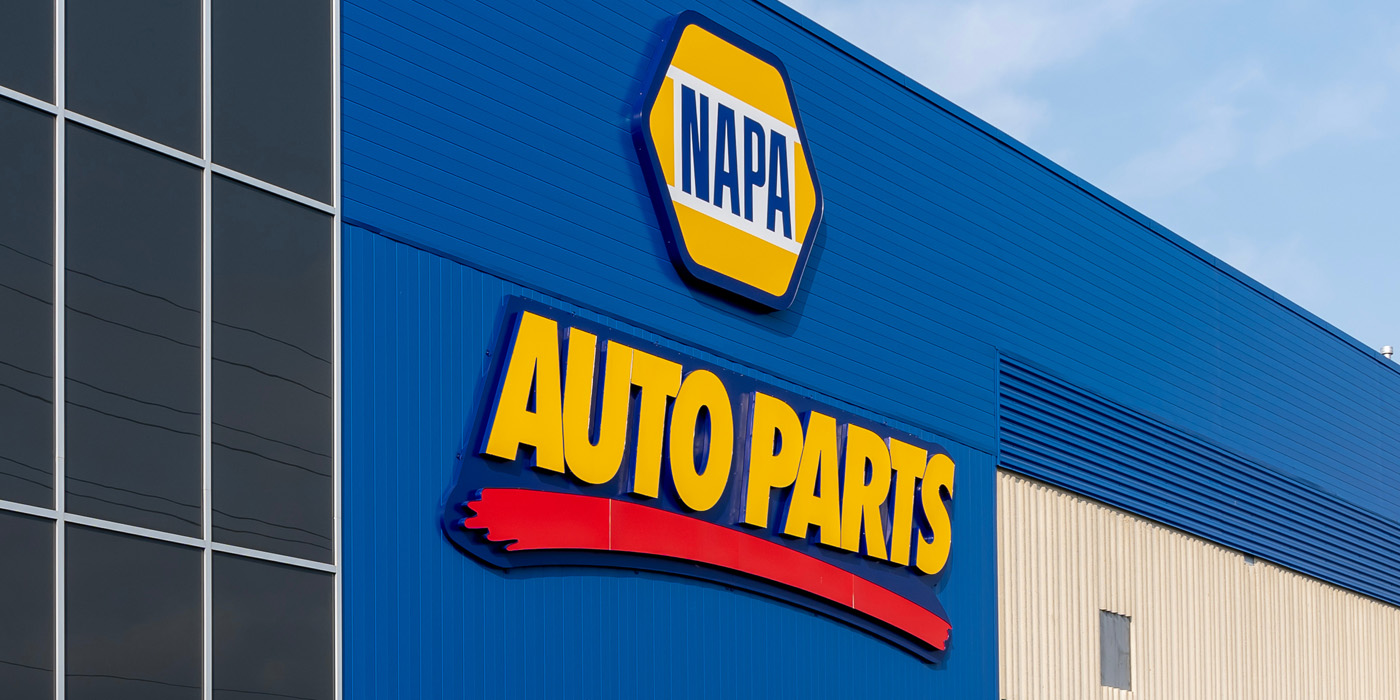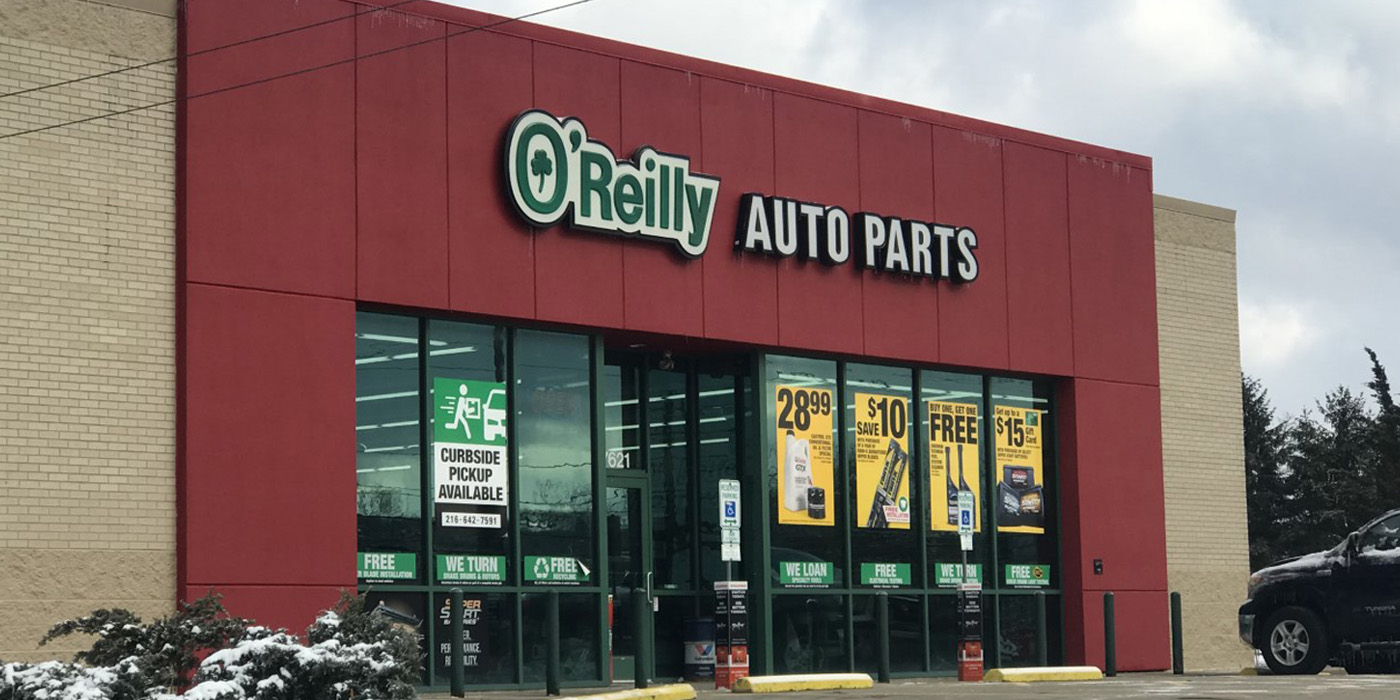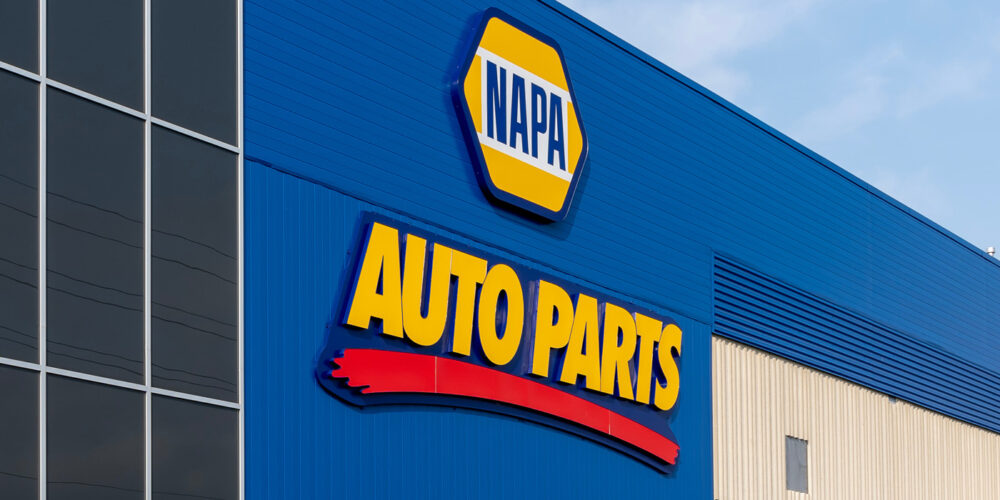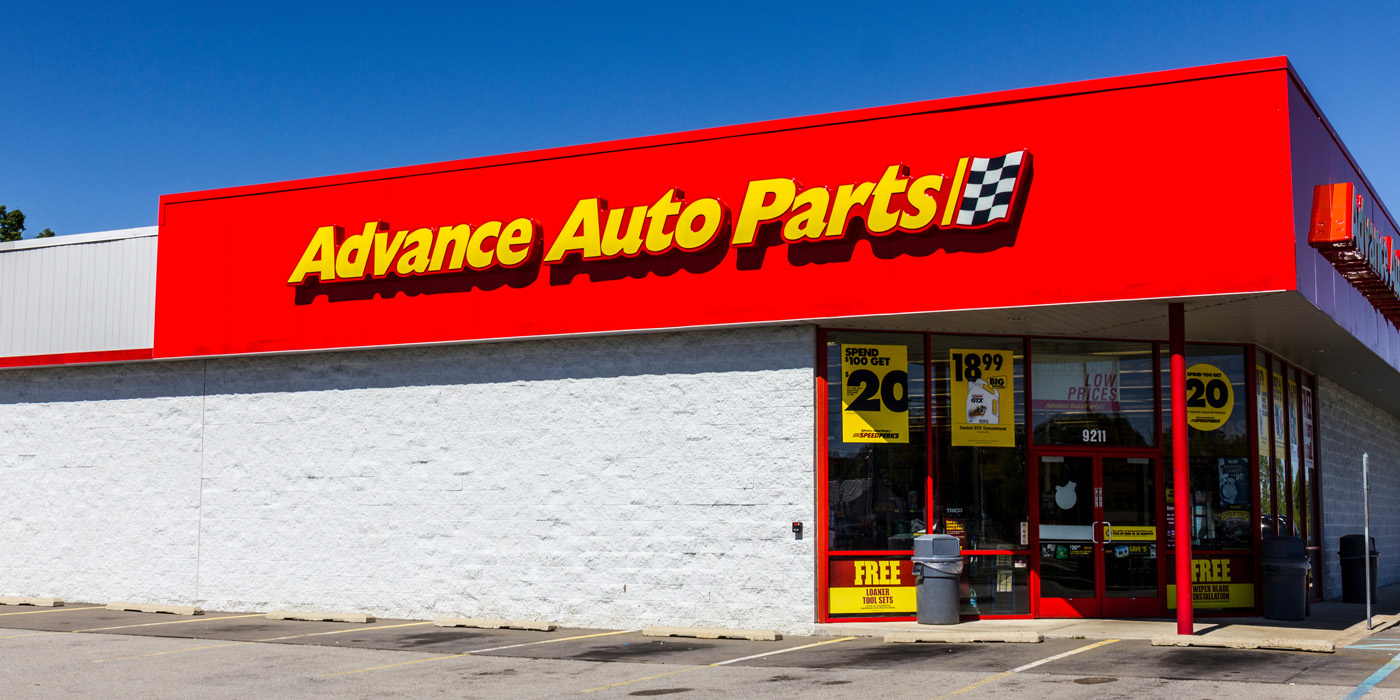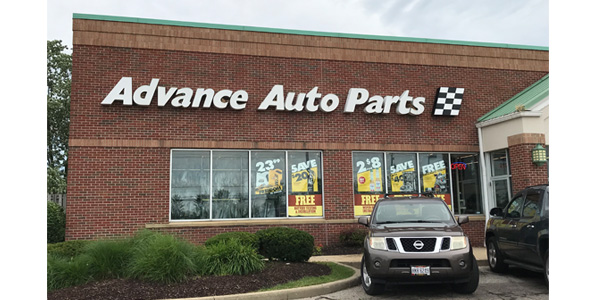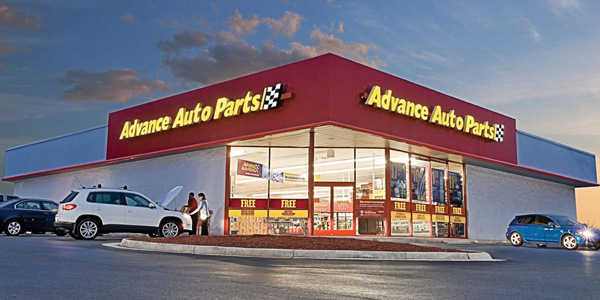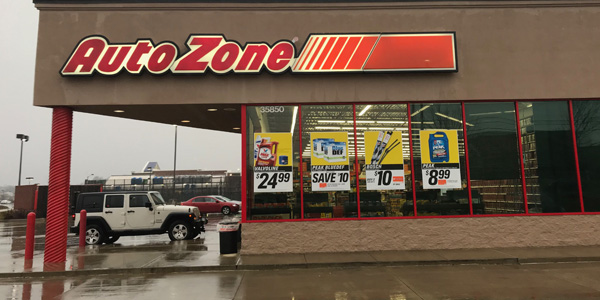
While the Trump administration’s tariffs on imported Chinese goods haven’t had an impact on AutoZone’s bottom line, customers can expect to pay higher prices for auto parts as the trade war drags on.
“We have not experienced material changes in our gross margins as a result of tariffs, but our prices to customers have and will continue to increase,” AutoZone CEO Bill Rhodes said during the company’s fiscal 2019 fourth-quarter conference call.
Historically, AutoZone hasn’t experienced much SKU-to-SKU inflation, Rhodes explained, “because products are introduced into our assortment at very low scale, and as they scale, per-unit costs decrease due to efficiencies.” However, after President Trump enacted additional tariffs on Chinese imports earlier this year, AutoZone last quarter saw “a small amount of inflation – a departure from the norm,” Rhodes noted.
“As these costs can be significant – up to 25% currently – on a product, and since we use weighted-average costing and the costs roll in over time, we’ve been implementing many of these retail increases in waves, attempting to make it less burdensome on our customers,” Rhodes said. “This has resulted in SKU-to-SKU inflation increases [that were] higher than last quarter, but still manageable.”
Regarding the price increases, AutoZone CFO Bill Giles said the company has seen “a good response from consumers” so far. Although price inflation might have provided a boost to AutoZone’s most recent same-store sales numbers, he said the tariffs haven’t had “a significant impact” on the company’s sales or profit margins.
“It’s still early days,” Giles added. “ … And keep in mind also that our inventory turn is at 1.3. So the costs are coming through at a relatively slow rate. And so we’re increasing our [prices] as we’re seeing that cost go through. So it’s a double-edged sword. We wished inventory turn was faster, but in this particular case, it’s been a little bit of a benefit for us.
“We’ve been able to measurably improve our retail prices in order to offset those costs as we move along, and we will continue to do that going forward, so it won’t be as lumpy as increasing our retail prices all at once.”


